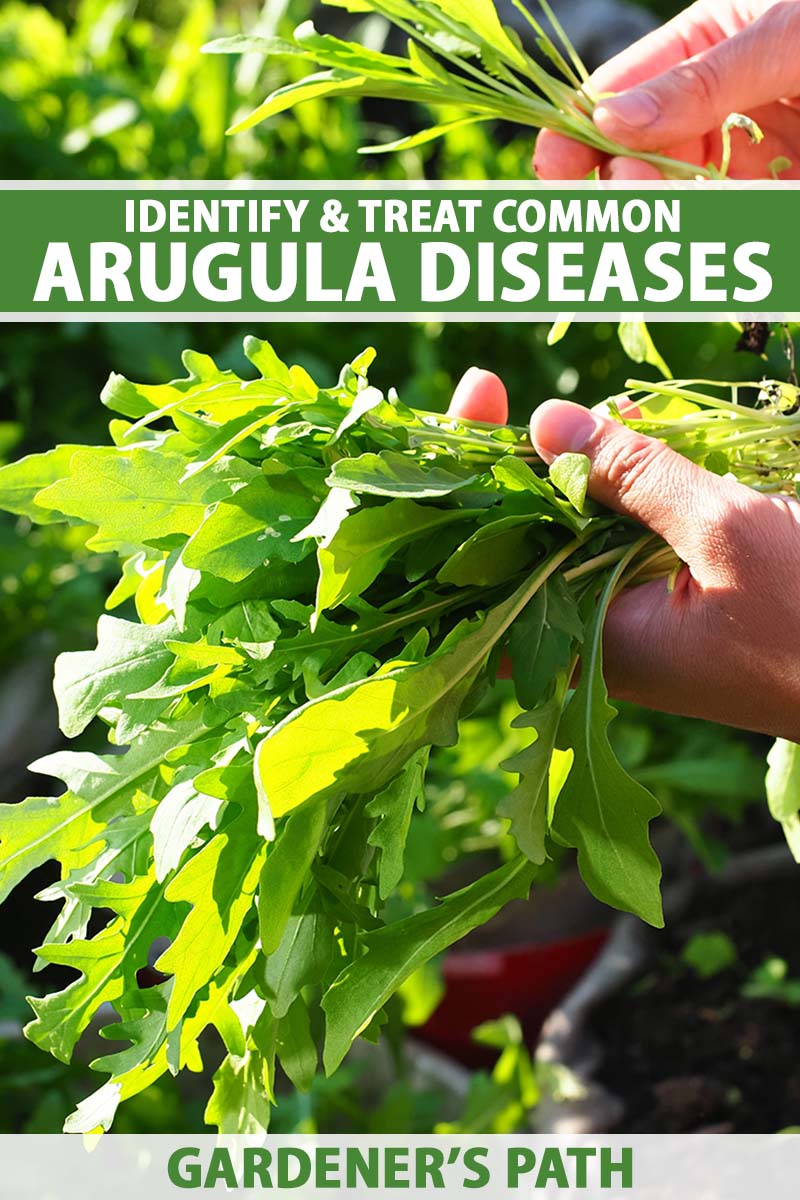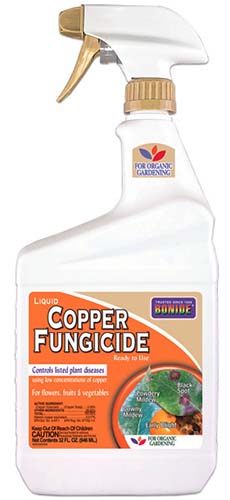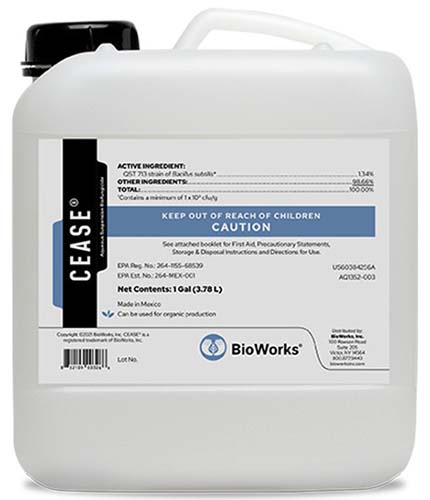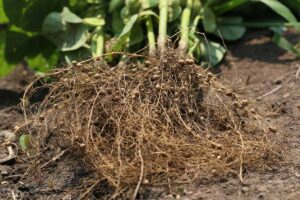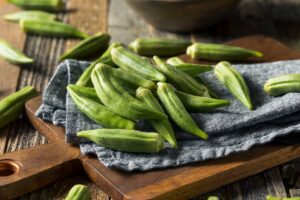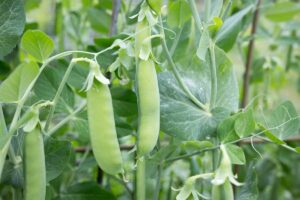There are some plants that make you acutely aware of the presence of diseases in the world. They seem to attract any and every pathogen wandering around out there.
If roses popped into your mind while reading that sentence, we are on the same wavelength. I love them, but a season without a single disease is a miracle!
On the other end of the spectrum, there are some plants that might make you forget that disease is even a thing.
For example: arugula. That beloved peppery green in the cole crop family seems to be ignored by fungi, bacteria, and oomycetes.

We link to vendors to help you find relevant products. If you buy from one of our links, we may earn a commission.
But in reality? It’s not, though. Pathogens can attack arugula, and when they do, things can go from good to bad really quickly.
One day, everything’s coming up, er… roses? And the next, the leaves of your greens are collapsing in a yellow or brown heap.
Take heart. On the bright side, if you catch problems early on, most are pretty easy to address, and you can still see a happy, healthy harvest.
Here’s the list of diseases that we’re going to go over:
5 Diseases That May Impact Arugula
Now that you know the suspects to watch for, you need to understand the symptoms of these ailments and what to do about them.
Let’s start with the sole bacterial disease on this list:
1. Bacterial Leaf Spot
Pseudomonas cannabina pv. alisalensis (formerly P. syringae pv. alisalensis) and Xanthomonas axonopodis are both types of bacteria that can cause a disease known as bacterial leaf spot.
As you may have guessed, the symptoms include spots on the leaves. These look like small, angular, water-soaked spots at first, either with or without yellow haloes.
These spots eventually merge, and the entire leaf turns yellow or brown and dies as the disease progresses. Symptoms might develop on the growing arugula plant or they might show up later after harvest.
The bacteria can live on the seeds or on plant debris and it’s spread by water. And not just rushing rivers of the stuff – droplets in the air in a humid area, rain, or a little splashing while watering can transmit the disease.
The best strategy here is to try to avoid leaf spot in the first place. Purchase seeds that are guaranteed to be disease-free, or treat any seeds that you purchase in hot water.
Place the seeds in water that is about 120°F and keep it there for 15 to 20 minutes to kill any pathogens.
Try to reduce the risk of spread via water in your garden by watering at the soil level and not on the leaves. Keep arugula plants well-spaced to increase air circulation.
You can also place some straw or leaf mulch around the plants to reduce splashing.
Remember to remove all plant debris after the growing season is over.
If you notice signs of this disease despite your efforts, early treatment with copper can provide some control.
Copper is one of those things that I always keep in my garden shed because it can address so many issues.
If you don’t already have some on hand, visit Arbico Organics to bring home a 32-ounce ready-to-use, 16-ounce concentrate, or 16- or 32-ounce hose-end ready-to-spray bottle.
Start spraying your plant every other week from the moment you see symptoms until two weeks before harvest.
2. Black Rot
Black rot is a relatively new addition to the list of arugula diseases in North America.
It wasn’t even found in California, where much of the US-grown arugula available for sale comes from, until 2016. But it has since started spreading rapidly.
While black rot isn’t as common as something like downy mildew, it’s not unheard of in the home garden.
This ailment has fairly distinctive symptoms, primarily a V-shaped, yellow-orange lesion that forms on the outer edge of the leaf. It can also cause black lesions. As the disease progresses, the leaves will dry up and collapse.
Caused by the fungus Xanthomonas campestris pv. campestris, it can overwinter on plant debris and lives on weeds. It also travels in water, so you need to do your best to keep things under control.
That means reducing humidity by spacing plants appropriately and watering at the soil level.
It also helps to place an organic mulch like straw or leaf litter around your crop to prevent water splashing. Never water overhead and never work with your plants when they are wet.
Rotate your crops regularly. Don’t plant arugula in the same place more than once every five years.
It’s best to pull any infected arugula plants because common controls aren’t effective.
3. Downy Mildew
Downy mildew is a common disease, and it’s one of the most commercially destructive for arugula growers.
It actually happens on all kinds of plants, from roses to zucchini. We used to call it a fungal infection but it’s actually caused by one of two types of water mold, also known as oomycetes, named Hyaloperonospora parasitica (formerly Peronospora parasitica) or H. erucae.
When the arugula is infected, irregular brown spots will develop on both the top and underside of the leaves. If you lift up the leaves and look underneath, you’ll see grayish or white mildew as well. As the disease progresses, the leaves start to turn yellow and collapse.
Those who live in areas that freeze for a good portion of the winter are lucky because the pathogens are killed during the winter and this provides some control.
In warmer areas, you need to take more care to avoid and eliminate the oomycetes.
They thrive in temperatures between 41 and 77°F, with something right in the middle being preferred.
The oomycetes can live on tons of different weeds like spurge and mustard, so keep them out of your garden. They may infect all types of brassicas.
Similar to bacterial leaf spot, this disease spreads through water, so using good gardening practices like appropriate spacing and watering at the soil level is vital.
The pathogens also travel on the wind and on plant material, including seeds. Clean up plant debris from the garden and buy certified disease-free seeds, or treat the seeds in hot water as described above.
Treatment with copper fungicide works well. Start treating the second you see symptoms and keep at it every three weeks until symptoms subside or you’re ready to harvest.
4. Powdery Mildew
Powdery mildew isn’t common on arugula, but it’s not unheard of. It’s caused by the fungus Erysiphe polygoni.
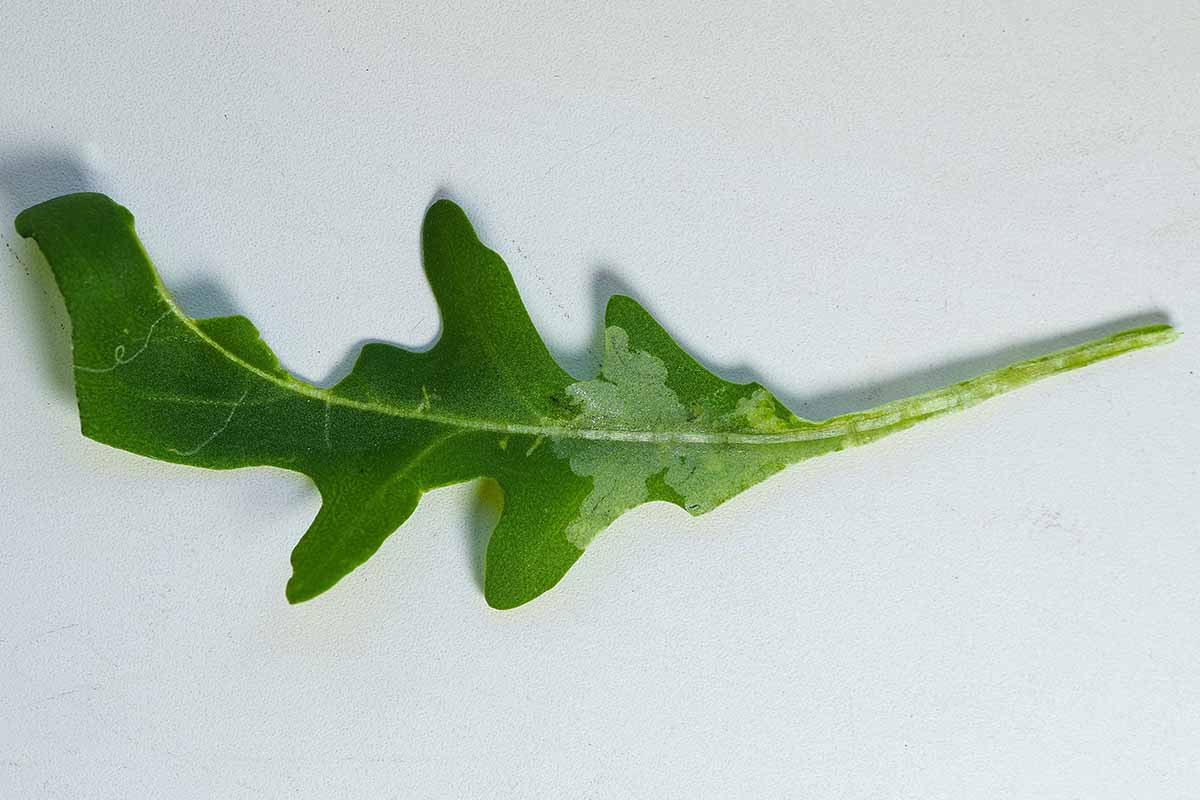
Infection results in discoloration and a powdery fungal coating on the upper and lower leaf surfaces. Over time, the leaves turn yellow and collapse.
The fungus that causes the disease lives on plant material, whether alive or dead.
Powdery mildew is annoying but generally not deadly. You can simply pluck off any symptomatic leaves or treat your arugula with one of the many options available for controlling powdery mildew, including milk!
Read our guide to powdery mildew remedies for more information.
5. White Rust
Twisted, distorted leaves, stunted growth, and small patches of white pustules point to white rust, caused by the fungus Albugo candida.
As these pustules mature, they burst open, splattering the plant and nearby plants with powdery spores.
These spores can be carried on wind or on water, and lots of different plants can act as hosts. The fungi particularly love other brassicas, including weeds in the Brassicaceae family.
After a leaf is infected, it will eventually turn brown and dry up.
The pathogen needs humid, cool, wet conditions between 60 and 77°F to thrive and it can overwinter in the form of those dormant spores.
To avoid white rust infection, rotate your crops, keep weeds out of the garden, and buy disease-free seeds.
These pathogens can live in the soil for up to a decade, so only plant brassicas like arugula in the same area once every 10 years, if you’ve had a rust problem in the past.
If the disease makes an appearance in your garden, a product containing the powerful beneficial bacteria Bacillus subtilis can kill it.
Grab something like CEASE at Arbico Organics. It comes in gallon or two-and-a-half-gallon containers. Follow the manufacturer’s directions closely.
Arm Yourself Against Arugula Disease
I don’t know about you, but I do lots of things to avoid disease. I work out, try to eat healthy, wash my hands after being out in public. Don’t you want to promote the health of your garden too?
You can do the same for your arugula plants by always watering at the soil level, spacing plants at least six inches apart, and sanitizing your garden tools between uses. From there, it’s largely a matter of luck.
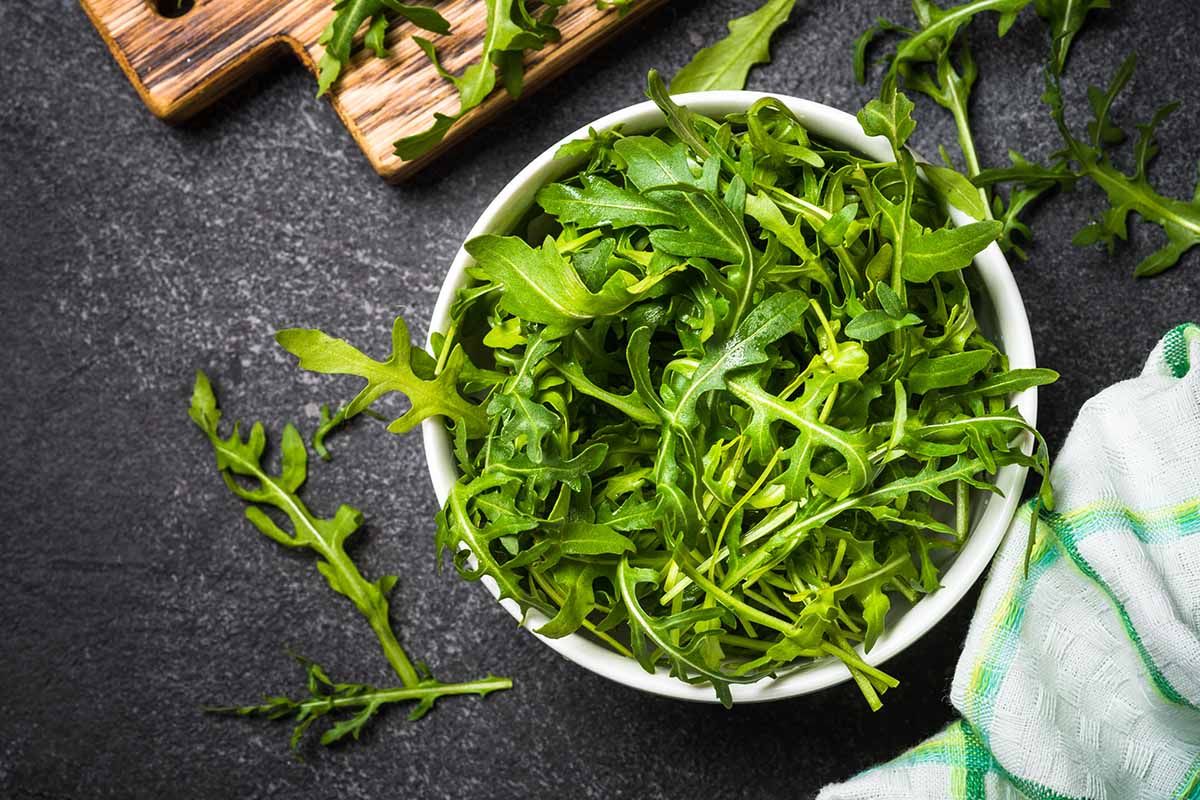
If your luck runs out and your plants get sick nonetheless, hopefully you feel armed and ready to deal with the problem after reading this guide.
If you’re still struggling or you can’t determine what you’re dealing with, feel free to hit us up in the comments section below, and we’ll see if we can help.
And for more information about growing arugula in your vegetable garden, check out these guides next:
